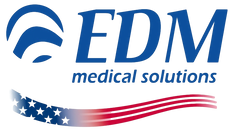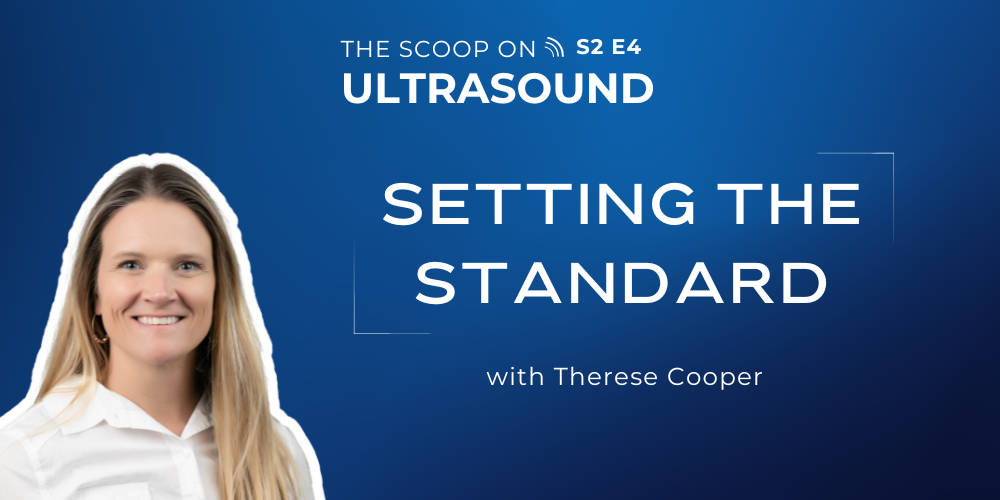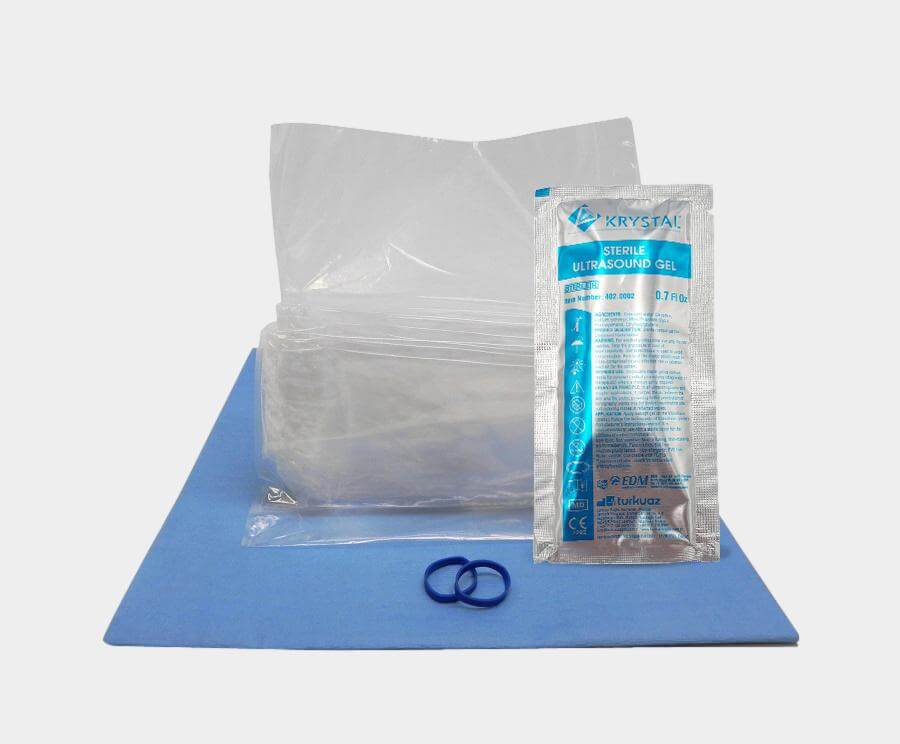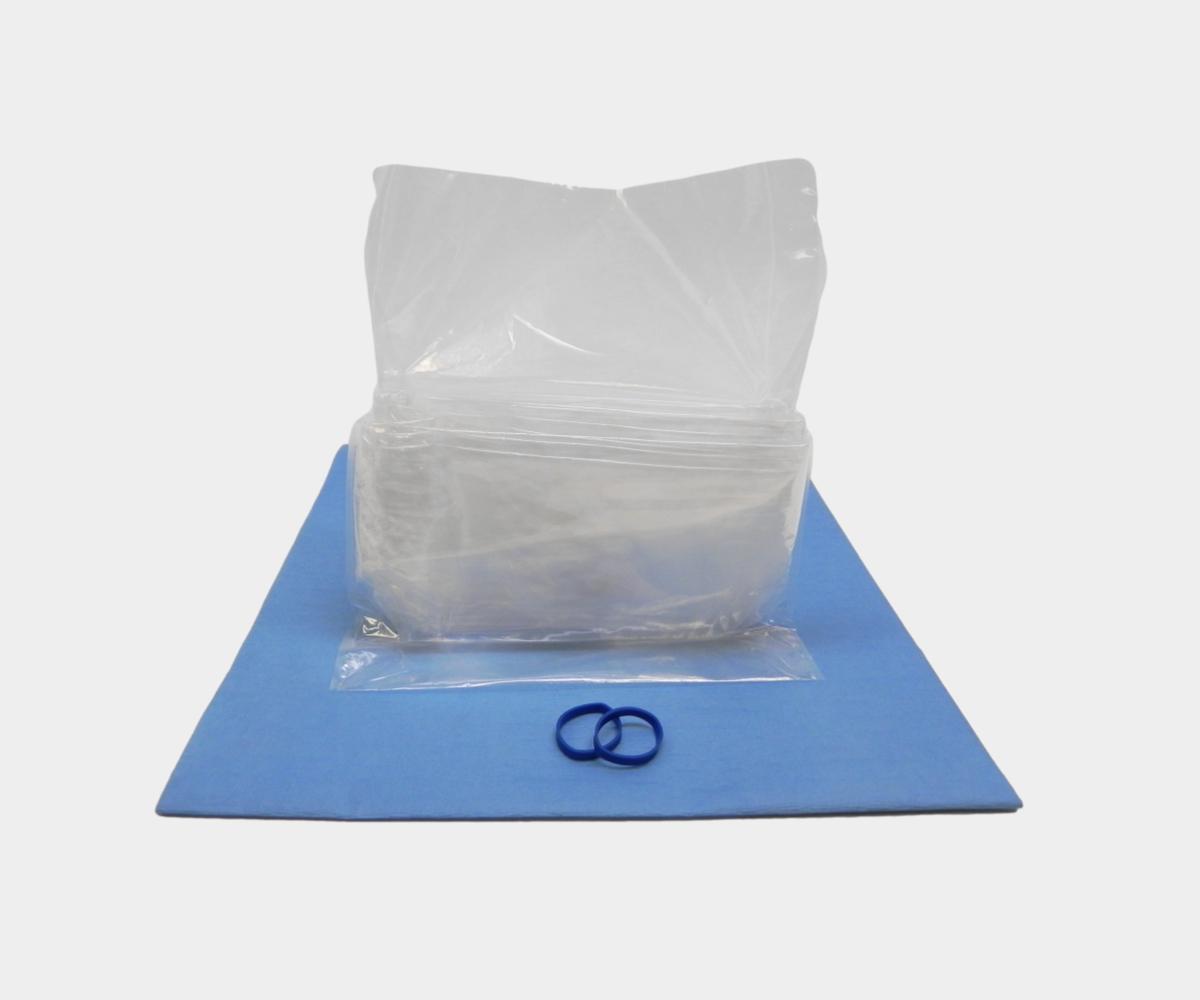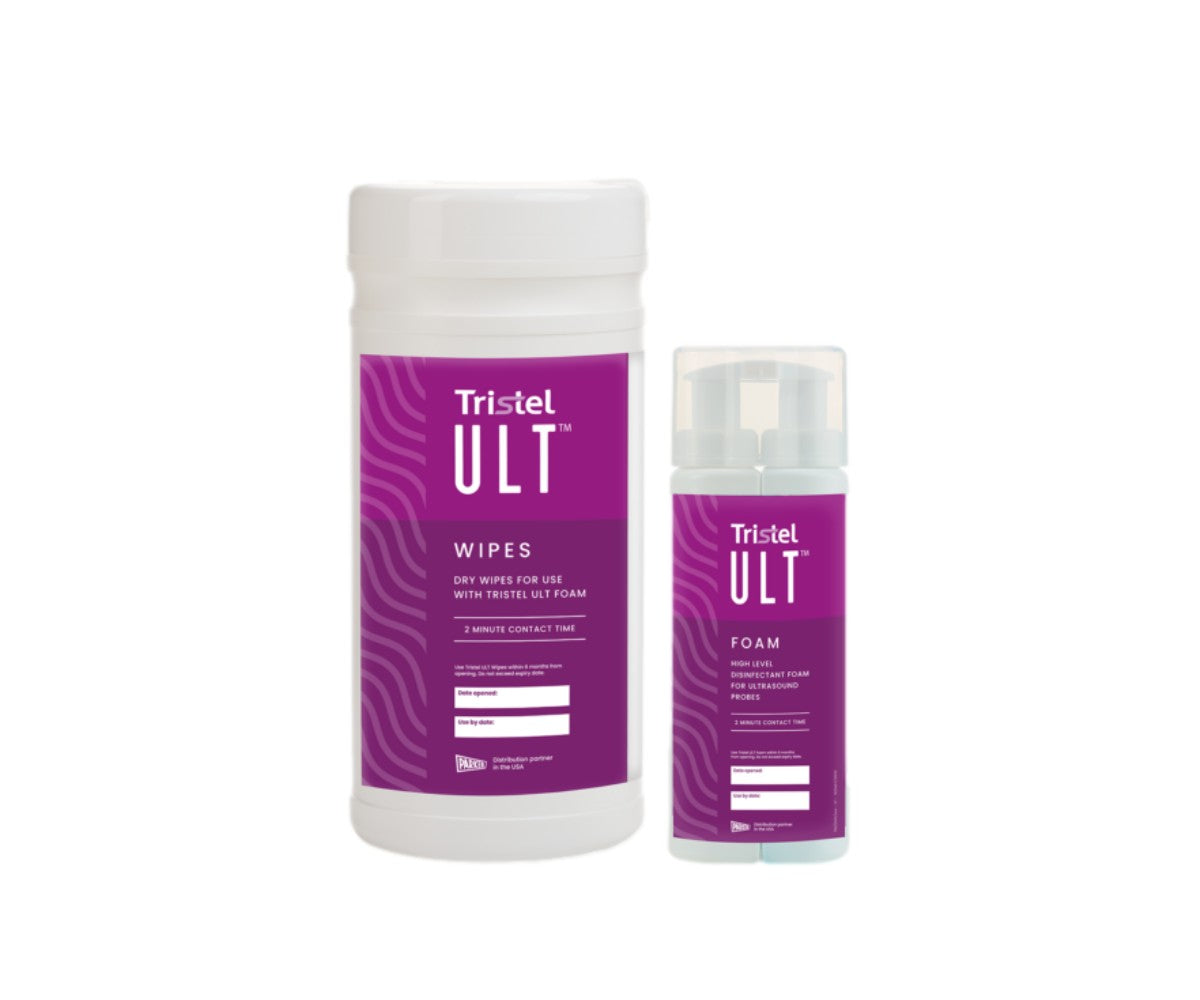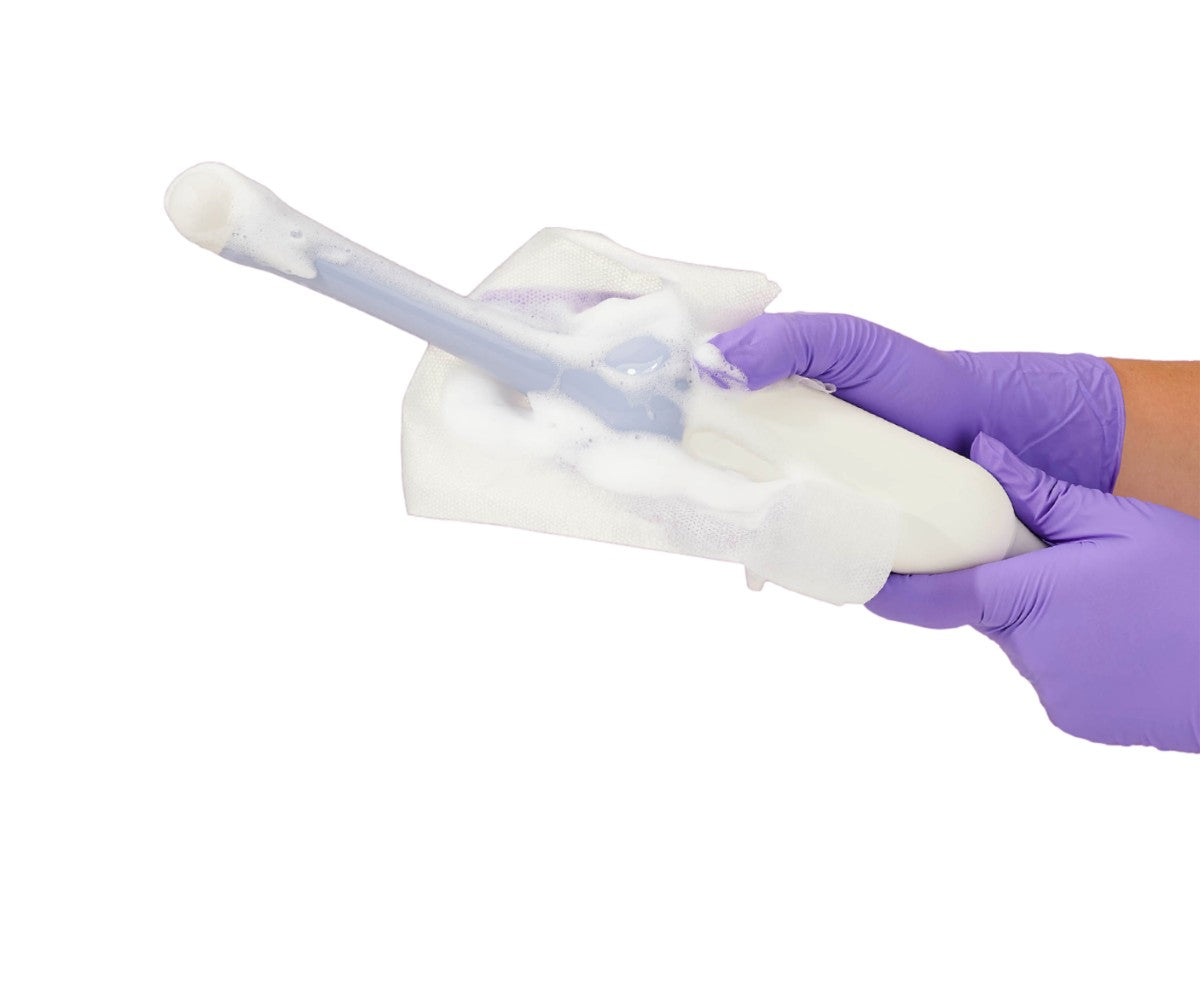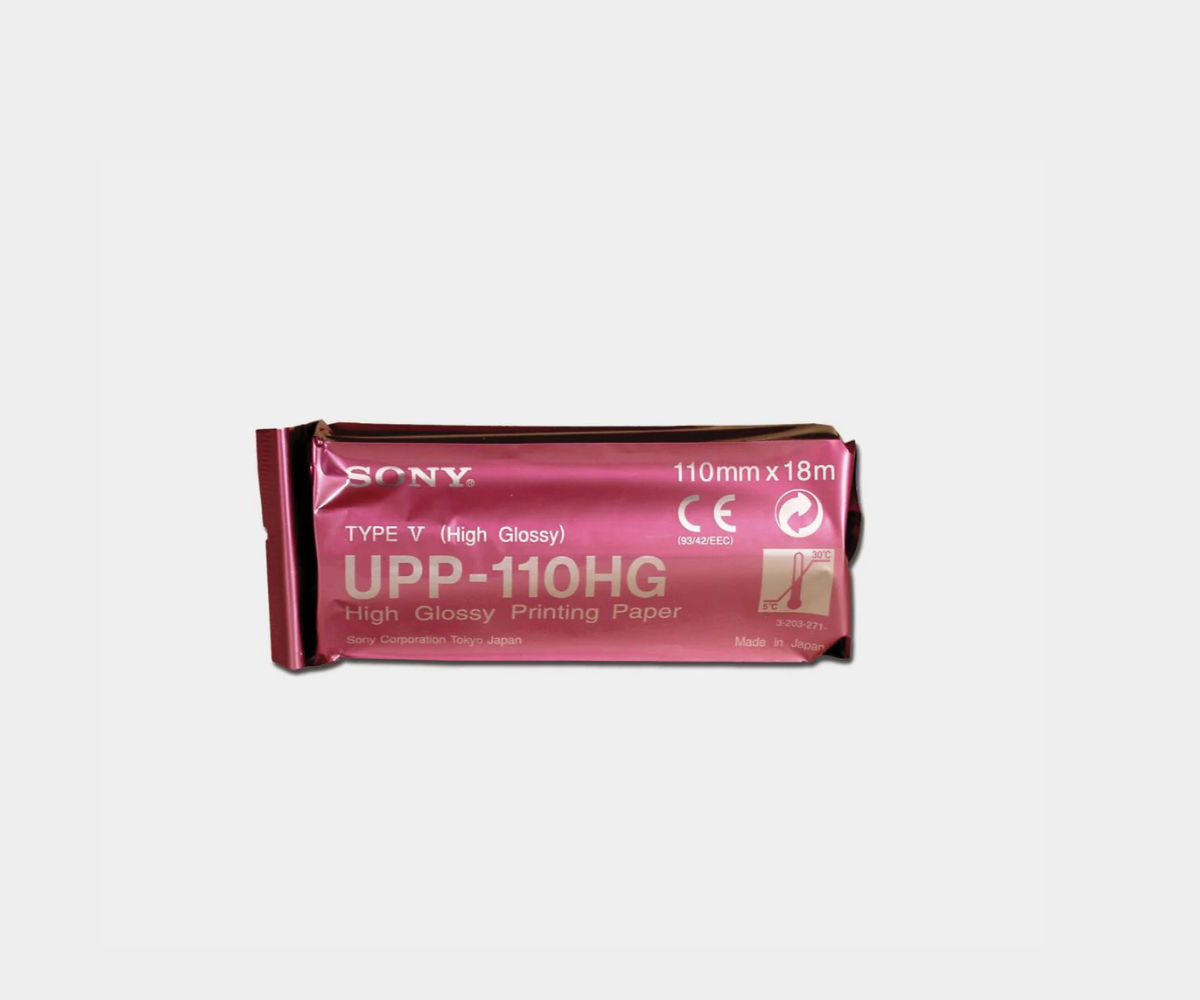Emmanuel Soto: In your opinion, what are some of the key challenges to ensuring patients receive high-quality ultrasound imaging?
Therese Cooper: The number one challenge is the difference in expertise among ultrasound users. I think there are people in the country who don't have access to ultrasound, so patients who live closer to major cities have an advantage. There are also differences in ultrasound machines, which can be a challenge since not everyone can afford high-end machines.
You have to understand the limitations of those machines. If you don't have the finances to buy the advanced machines and instead use a smaller handheld device, you need to know its limitations and whether it provides the best diagnostic image. It takes time to develop proficiency in using ultrasound, and you need to spend time learning and practicing it.
This is why a quality assurance program is so important. Without it, mistakes can happen, and you miss opportunities to learn from them. Finally, one factor that is often overlooked is the patient's body type. Whether it's weight or a long rib cage, body type can impact ultrasound imaging. These are, I believe, the most important challenges.
Emmanuel Soto: Do you feel like most sonographers have been open to the idea of embracing AI?
Therese Cooper: I think sonographers need to embrace AI, and that extends beyond just sonographers to other medical practitioners as well. From a sonographer's standpoint, they should not be afraid of AI.No matter what, there will always be a need for the human component, and AI won't take away their ability to perform ultrasound.
Emmanuel Soto: Could you provide us with an overview of what the AIUM ultrasound practice accreditation entails?
Therese Cooper: Accreditation isn't a process that will change significantly in its fundamentals. In simple terms, it involves completing an online application where you answer questions about your practice, policies, procedures, and safety measures, including infection control. You also need to provide information about the users in your practice and their training. Case studies are crucial because they form the core of the assessment.
The practice is assessed based on the quality of its ultrasound procedures. We provide feedback, education, and review any resubmissions if necessary. Once everything is in order, the practice receives accreditation. In a nutshell, that's the process of accreditation.
We're also working on developing a more robust document to assist with quality assurance. There is often confusion about how much to do, what to do, and where to start, especially for practices that don't have a strong quality assurance program in place. When these practices seek accreditation for the first time, they may not know how to describe their quality assurance efforts. They look to us for guidance on what a good quality assurance program should include.
We are putting together a comprehensive packet that outlines best practices for quality assurance. This will help practices improve their quality assurance programs.
Additionally, we are striving to enhance mentorship from the AIUM to better guide and train individuals, encouraging them to seek accreditation. Currently, accreditation is somewhat voluntary but also somewhat mandated.
